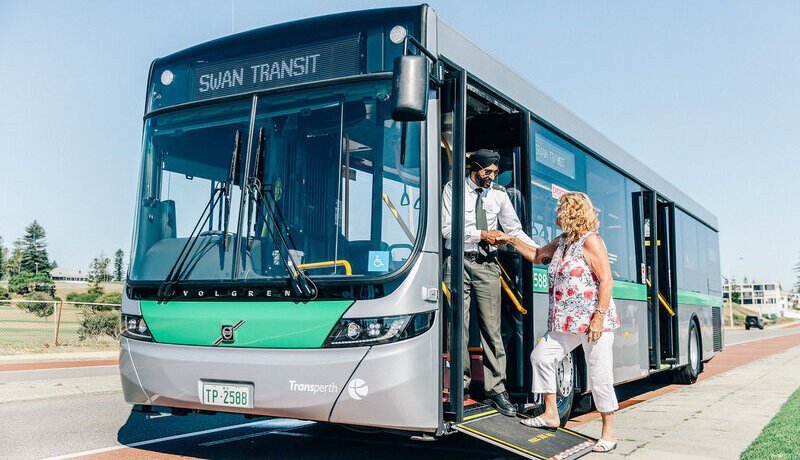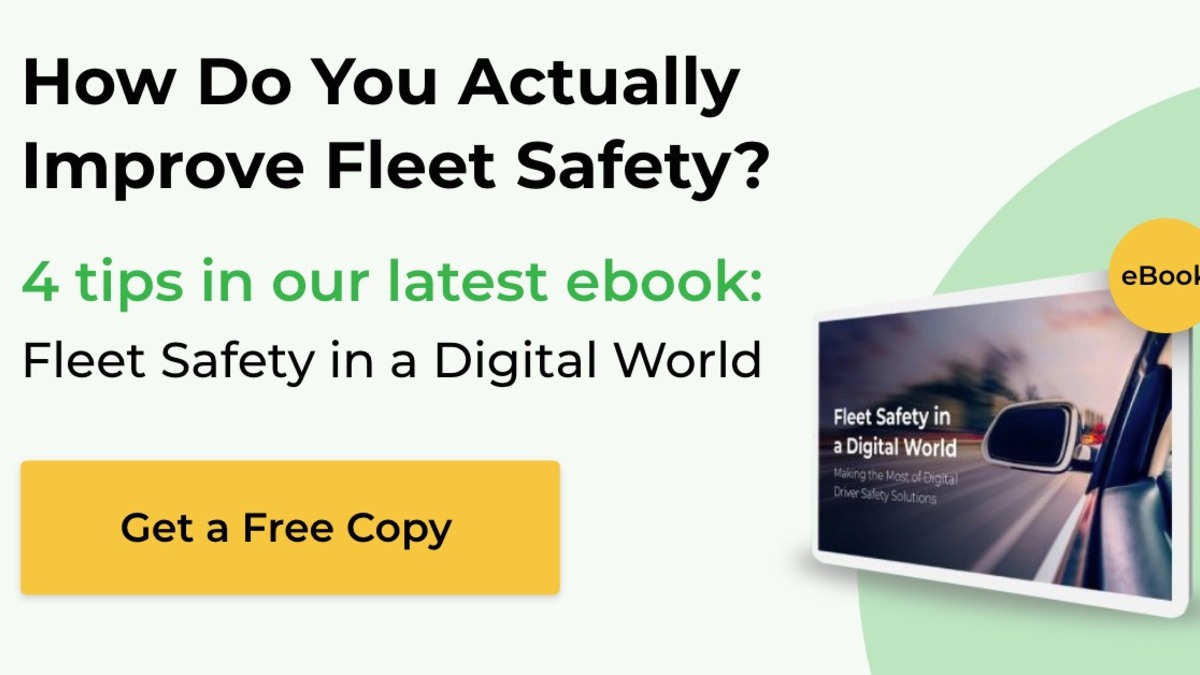Driver Safety 2024… what awaits us?

Every year brings both challenges and opportunities for driver safety – and 2024 is no exception! What does feel unique about this year, however, is how often the two are actually intermingled – especially for the fleet industry.
Electrification, which has now passed the inflection point and is fast becoming a pressure point, is a good example. On the one hand, the EV transition promises a new era of reduced emissions and less dependence upon the suppliers of polluting fossil fuels. On the other hand, global companies and governments must now face up to the challenges of meeting the ambitious deadlines they set for themselves for reaching net zero, carbon neutral, or carbon minus. The challenges of infrastructure and supply chains are real, and there is still no practical EV option for heavy vehicles. Fleets are trying to “hit a moving target,” building expensive recharging infrastructures even while the EV landscape continues to evolve. GreenRoad’s advanced fleet telematics solution can help ease the transition, providing data that helps fleets plan while training-in charge range-extending driving behaviors.
Similarly, now that the world has moved to a post-COVID reality – a positive from every point of view – the roads have returned to being “filled to overcapacity.” Driver safety has returned as a supreme challenge, with statistics about accidents and fatalities getting worse rather than better. Here, there is no silver bullet: no matter what technology, policies, and rules a company sets for itself, it’s the drivers themselves, alone in their vehicles, who literally control the fleet’s safety. But there are things you can do to incentivize a focus on safe, eco-friendly driving – the kind that empowers drivers to avoid accidents, minimize emissions, and reduce fleet expenses.
With this evolving reality in mind and given GreenRoad’s 20 years of experience in the field, here are some thoughts we suggest that you consider when planning and implementing your fleet safety program. They can go a long way towards reducing your accidents, helping your fleet achieve its sustainability targets, and creating a life-saving road safety culture.
- Driving safely involves a lot more than just compliance. Do your drivers operate in compliance with the rules of the road but still take corners too quickly or hit the brakes too sharply or too late? Then they’re a long way from truly safe – or eco-friendly – driving. Are they “Zooming” or “Teams-ing” while driving with a hands-free device? This might technically be in compliance – but it’s definitely not safe. The right telematics fleet management systems – like GreenRoad – one that goes beyond GPS fleet tracking all the way to real-time feedback – empower drivers to self-correct their way to improved driving habits. This is the key to preventing accidents, saving fuel, and cutting emissions.
- The cost of a safety system – almost any safety system – pales when you consider the cost of accidents. Vehicle repair is the minor component: costs are multiplied by lost workdays, higher insurance costs, legal issues, and reputation risks. All can be avoided – or at least minimized – using the right safety technology.
- A safety culture should be led from the top by example. For a safety program to succeed, senior, middle, and lower management must all be personally involved, championing the technology, creating buzz, and offering incentives. One example from my own clients is a senior division manager who filmed a “TikTok” of himself before using GreenRoad the first time, discussing how he expected the tool’s real-time coaching to improve his driving behavior. After the drive, he shared his Safety Score for the trip and his thoughts on how the tool would help him over time. And he continues to provide encouragement and acknowledgment to his drivers in every way that he can.
- To be effective, safety tools MUST be easy to use. Drivers come from all levels of technological prowess. If you want to make sure that drivers USE your safety tool, look for one that makes as few operational demands on them as possible. There should be no need to “fiddle” with knobs and settings: it should start and stop recording trips on its own, and it should be easy to understand the feedback and data. Any type of gamified incentives that encourage usage ultimately improve fleet safety.
- Look for a single, unified system for all your drivers. The same rules, policies, and incentives should apply to everyone who drives for your company, whether they operate company cars/vans/trucks or their own vehicles and whether they sit in the management suite or the service center. Using one tool across the entire organization increases the feeling that “we’re all in this together, and we’re all getting safer, day by day.” A unified solution – especially digital telematics that drivers download easily to their own mobile devices – decreases deployment and support costs.
- To assure “buy-in”, drivers need to be able to see and understand their own safety statistics and impact. The goal is for drivers to take responsibility for their own driver behavior, and for this, transparency is paramount. When you give drivers tools to help themselves and let them know that you’re “on their side”, you’ll be surprised by how quickly they’ll respond. In fact, actively engaged drivers receiving ongoing feedback are 5x less likely to have a safety incident, and 7x less likely to have a safety incident that requires absence from work.
- Last but not least, make sure that safety remains a key topic on the corporate agenda. For most companies, driving on the road is the riskiest part of their employees’ day. By moving from fleet tracking to a focus on road safety, companies actualize their responsibility and Duty of Care for their employees, their clients, and the community as a whole.
We at GreenRoad look forward to continuing the driver safety conversation and helping you build an effective fleet safety program. Here’s to a safe and productive 2024!





